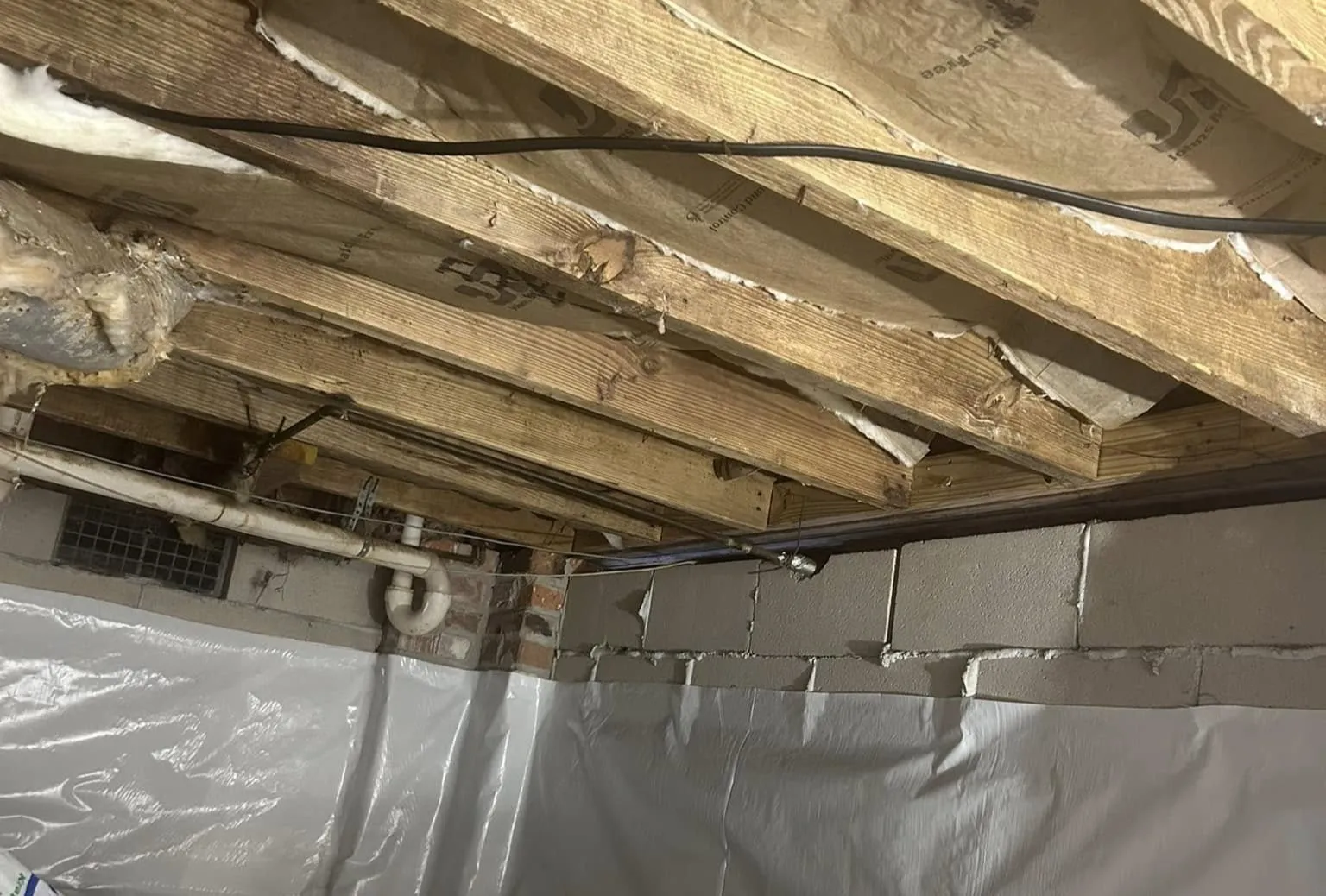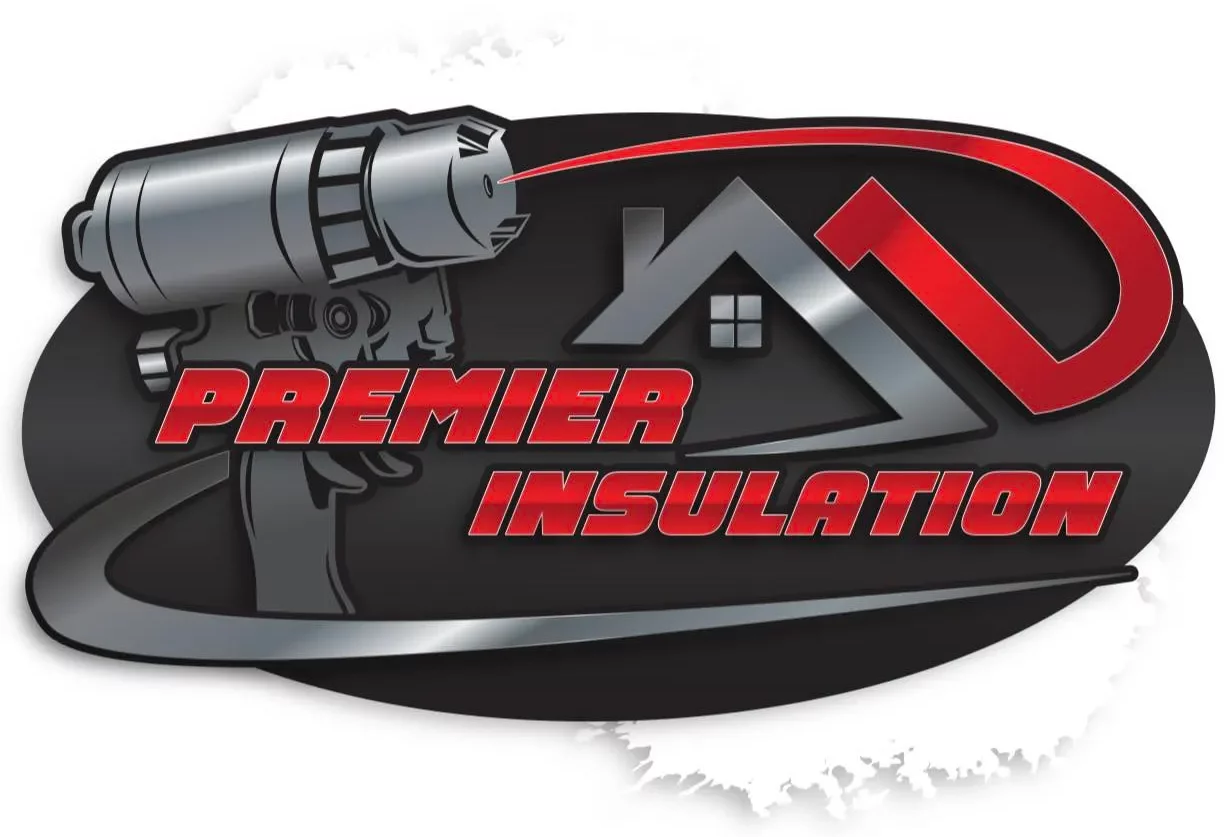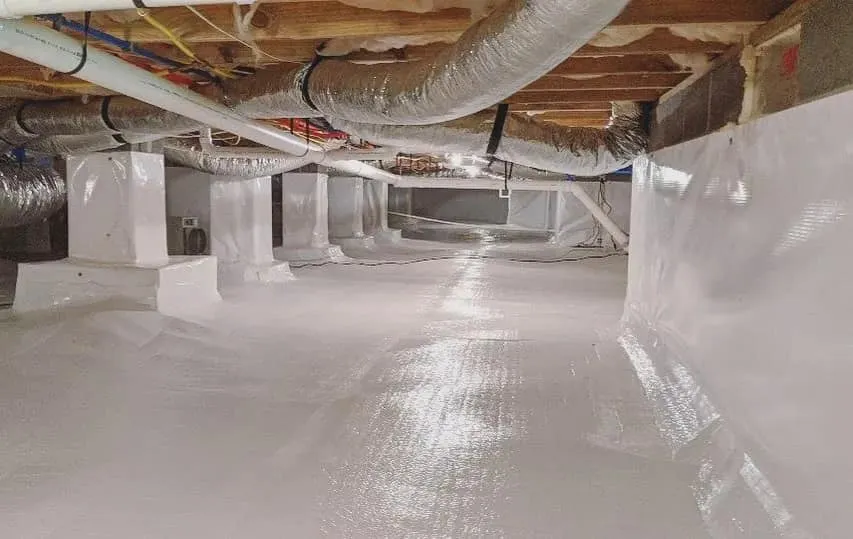Monticello’s high humidity and heavy clay soils create a consistent moisture burden in crawl spaces. This combination accelerates mold growth, increases wood rot risk, and reduces insulation performance. Without adequate crawl space insulation, homes lose energy efficiency, structural stability declines, and air quality deteriorates.
In this article, practical experience with insulation systems in South Georgia will be used to explain the impact of Monticello’s soil conditions and how insulation mitigates damage. Premier Insulation GA draws on years of local installation knowledge to offer verified, real-world insight for property owners.
Effects of Monticello’s Soil Moisture on Crawl Spaces
Heavy clay retains water longer than sandy soils, increasing prolonged exposure to moisture under homes. High water tables and humid summers compound the problem, turning crawl spaces into damp microclimates. These conditions degrade standard insulation types and create an environment where biological growth thrives, making crawl space encapsulation a smart, preventive solution.
Technical Impacts on Structures and Insulation
| Problem | Cause | Result |
|---|---|---|
| Insulation saturation | Capillary moisture and high humidity | Reduced R-value and material breakdown |
| Mold and mildew proliferation | Elevated humidity and organic materials | Air quality issues and wood decay |
| Structural weakening | Prolonged moisture near support beams | Foundation shifting and sagging floors |
| HVAC inefficiency | Air infiltration from vents and floor gaps | Increased energy bills and poor comfort |
Most Effective Insulation Approaches for Moist Soil
Certain materials respond better in high-humidity zones. Open-cell foam performs poorly in moisture-heavy crawl spaces. Closed-cell spray foam creates a vapor barrier and structural seal, making it better suited for Monticello’s conditions.
Crawl Space Insulation Comparison Table
| Insulation Type | Moisture Resistance | R-Value per Inch | Durability in Wet Conditions | Suitability for Monticello |
|---|---|---|---|---|
| Closed-Cell Spray Foam | High | ~6.5 | Excellent | Recommended |
| Open-Cell Spray Foam | Low | ~3.7 | Poor | Not Suitable |
| Fiberglass Batts | Very Low | ~3.2 | Fails Quickly | Not Suitable |
| Blown-In Cellulose | Low to Moderate | ~3.5 | Prone to Mold | Not Ideal |
Bonus Tip: Use closed-cell foam along rim joists and floor sheathing to minimize air leaks and deter vapor intrusion.
Performance Metrics Based on Local Conditions
| Metric | Ideal Range | Local Observation in Monticello | Recommended Action |
|---|---|---|---|
| Crawl space humidity | Under 60% RH | Often exceeds 70% | Dehumidifier + encapsulation |
| Soil moisture content | Below 20% | Often 25-35% | Closed-cell foam required |
| Ground temperature fluctuation | Minimal preferred | High swings (55°F – 85°F) | Continuous insulation layer |
Things to Consider Before Making a Decision
- Access conditions: Tight spaces limit equipment choice; smaller foam rigs or hand-packing may be necessary.
- Ventilation setup: Open vents undermine insulation. Close vents and seal with rigid foam before applying spray insulation.
- Moisture presence: Always test with a digital moisture meter before installing any insulation.
- Mold remediation: Insulation should follow mold removal, not precede it.
- Drainage and vapor barriers: Ensure sloped grading and install ground vapor barriers before sealing walls.
Bonus Tip: Install insulation only after a 48-hour dry period to prevent sealing in excess moisture.

Crawl Space Solutions Offered by Premier Insulation GA
- Closed-Cell Spray Foam Insulation: Blocks vapor transmission and adds structural rigidity in high-moisture crawl spaces.
- Crawl Space Encapsulation: Combines vapor barriers, sealing, and insulation to create a dry, stable environment.
- Crawl Space Mold Remediation: Cleans and treats biological growth before insulation is installed.
- Dehumidifier Installation: Maintains humidity levels within a safe range to preserve insulation integrity.
Get Expert Insulation Guidance
For insulation solutions that work in Monticello’s climate, trust field-tested methods backed by direct experience.
Premier Insulation GA
Email: info@premierinsulationga.com
Phone: (229) 554-3939
Common Questions About Crawl Space Insulation
How long does closed-cell spray foam last in a crawl space?
Properly installed foam can last 30+ years with minimal degradation, especially when encapsulated and kept dry.
Can I install insulation without sealing the crawl space?
Installing insulation without sealing allows air and moisture intrusion, defeating the purpose. Sealing is necessary.
Does fiberglass work in humid crawl spaces?
Fiberglass absorbs moisture, promotes mold, and sags over time. It’s not recommended in high-moisture environments.
Is insulation enough to prevent mold?
Insulation helps but does not eliminate mold risk alone. Mold prevention requires sealing, dehumidification, and drainage.
Frequently Asked Questions
What type of insulation resists moisture the best in crawl spaces?
Closed-cell spray foam resists both liquid water and vapor, making it the most effective insulation for moisture-prone crawl spaces.
How do I know if my crawl space insulation has failed?
Signs include musty odors, high indoor humidity, visible mold, or sagging/broken insulation under the floor.
Can insulation alone solve crawl space humidity?
No. Humidity must be managed through encapsulation and mechanical dehumidification. Insulation supports the solution but does not replace it.
Does crawl space insulation reduce energy costs?
Yes. Properly sealed and insulated crawl spaces reduce heat loss and HVAC runtime, lowering utility bills year-round.
What is the risk of delaying insulation in moist crawl spaces?
Delay increases the chance of wood rot, pest infestation, and higher long-term repair costs.


